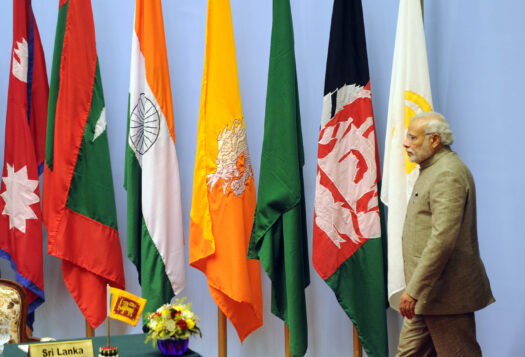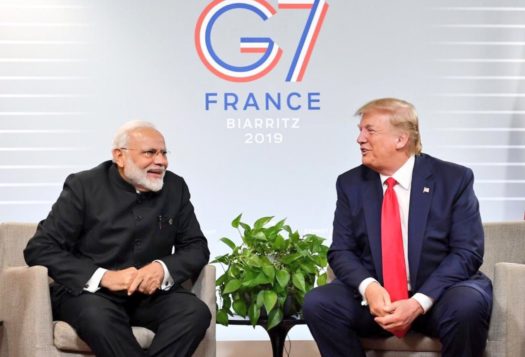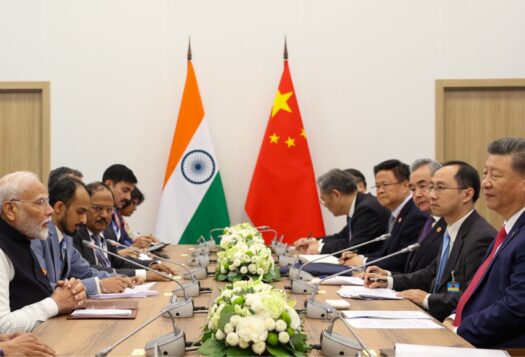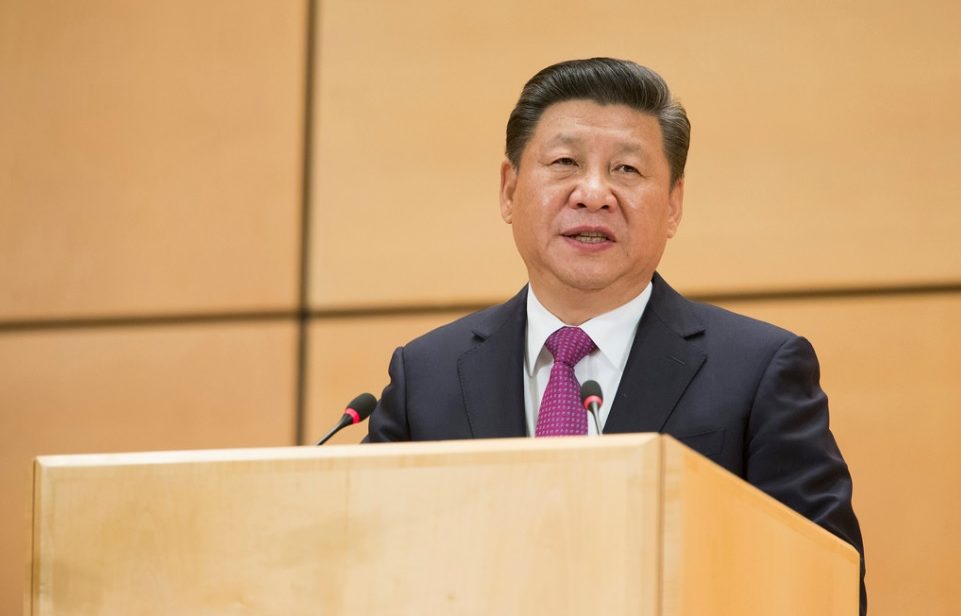
President Donald Trump, in an announcement on the recent overhaul of U.S. strategy in Afghanistan, admonished Pakistan for sheltering “the same organizations that try every single day to kill our people” in the fight against the Taliban. Yet analysts have questioned whether Pakistan really needs to heed the United States’ call to “demonstrate its commitment to civilization, order, and to peace,” given the growing warmth of its relationship with China. Despite China being the first to rush to Pakistan’s side and denounce President Trump’s remarks, the declaration following the 2017 BRICS Summit held in Xiamen proved to be significant – it marked the first time Beijing agreed to condemn Pakistan-based terror groups like the Haqqani Network, Lashkar-e-Taiba (LeT), and Jaish-e-Mohammad (JeM), despite repeatedly blocking the United Nations Security Council from listing JeM leader Masood Azhar as a globally-designated terrorist in the last year.
China’s diplomatic support for Pakistan at these critical moments prevented sanctions that could have had negative political and economic ramifications on Islamabad. At the time, India deemed China’s action at the international forum to be a confirmation of the “prevalence of double standards in the fight against terrorism.” So, what has changed? Despite public statements in support of Pakistan, China’s increasing economic stakes and evolving security concerns in the region seem to be forcing Beijing to reorient its internal calculus and tighten its grip over security in Pakistan.
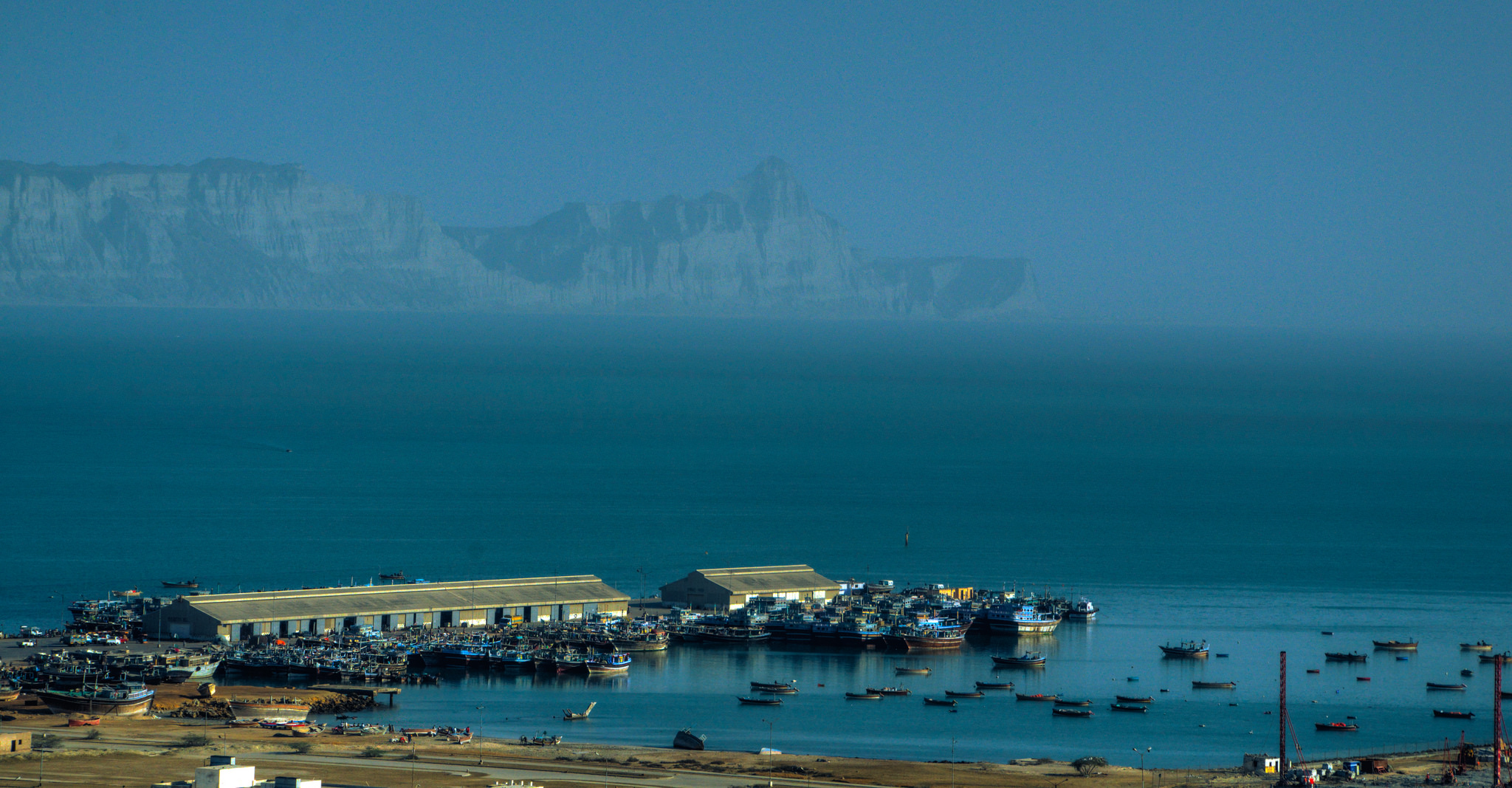
Chinese Interests in Pakistan and Afghanistan
China is investing over $62 billion in the China-Pakistan Economic Corridor (CPEC), which has been deemed the “flagship” initiative of Chinese President Xi Jinping’s One Belt, One Road project, which envisions enhancing connectivity between China, Europe, and the Middle East through a network of trade and transport corridors. While CPEC intends to bolster the Pakistani economy by modernizing its infrastructure, China is concerned about the security risks terrorism poses to its investments. This is why it has added a security dimension to the plan, including a full system of real-time monitoring and 24 hour surveillance in major cities, and the construction of explosive detectors and scanners for “major-roads, case-prone areas and crowded places.”
Further, China is concerned for the safety of its nationals in Pakistan. Despite a Special Security Division of 9,000 Pakistan Army soldiers and 6,000 paramilitary forces dedicated to the security of individuals working on CPEC, the kidnapping and killing of a Chinese couple in Quetta by Islamic State affiliates in June highlights the limitations of the state’s ability to protect Chinese nationals in Pakistan. The influx of Chinese nationals in Pakistan since the launch of CPEC in 2015 shows no signs of slowing down, given that the number of Chinese residents in Pakistan has now tripled to around 30,000 while over 71,000 Chinese tourists visited on short-term visas in 2016.
China’s interests in South Asia also lie in Afghanistan, where it has deepened its political, economic, and military engagement and is eyeing a trove of untapped mineral resources estimated to be worth $1 trillion. To this end, a Chinese consortium consisting of the China Metallurgical Group Corp. and Jiangxi Copper Corporation won a bid worth $2.9 billion to develop Mes Aynak in Afghanistan, one of the largest undeveloped copper fields in the world, estimated to contain up to $88 billion worth of ore. The Chinese National Petroleum Corp is also tapping into Afghan oil reserves, extracting 1.5 million barrels of oil from the Amu Darya basin in northern Afghanistan annually.
While China has economic incentives to promote stability in Afghanistan, it also holds political and security concerns. Concerned that dissidents in the Xinjiang Uyghur Autonomous Region bordering Afghanistan will coordinate with extremists like the al-Qaeda-linked East Turkestan Islamic Movement, which seeks an independent Uyghur homeland in the northwest of China, Beijing has reason to urge Islamabad to crack down on terror groups that may be finding sanctuary in Pakistan.
After BRICS: Reactions from Pakistan and China
One cannot underestimate the significance of the 2017 BRICS declaration, particularly since China blocked efforts by India to name Pakistan as a hub of terrorism at the BRICS Summit in Goa last year. After the 2017 declaration was released, the director of the Chinese government-affiliated China Institute of Contemporary International Relations said, “It is beyond my understanding how China agreed to this […] Pakistan will be very upset. After Trump’s denouncement of Pakistan, it is already feeling pressure.”
Though China has denied a change in policy and Foreign Minister Wang Yi stated that “Pakistan has done its best with a clear conscience” on counterterrorism, it is clear that the message conveyed in Xiamen has reached Islamabad. Pakistani Foreign Minister Khawaja Asif, who visited China in order to discuss the BRICS declaration and Trump’s new Afghan policy, acknowledged that Pakistan should “impose some restrictions on the activities of elements like LeT and JeM, so that we can show the global community that we have put our house in order.”
After President Trump’s public recognition of the challenge of Pakistan-based safe havens to North Atlantic Treaty Organization efforts in Afghanistan, the BRICS declaration is momentous. It represents China’s capacity to shift its stance from one of perennial defense of Islamabad to one in which it may work towards ending Pakistan’s selective approach to combating terrorism. China will benefit from motivating Pakistan to withdraw its support of terror outfits, not for altruistic reasons, but because instability in the region will limit the return on its investments. While China has been content to free ride on the relative stability maintained by the United States in South Asia, its willingness to build on these efforts may prove instrumental in compelling Pakistan to give up its support of terror.
***
Editor’s Note: Click here to read this article in Urdu
Image 1: UN Geneva via Flickr
Image 2: Umairadeeb via Flickr
